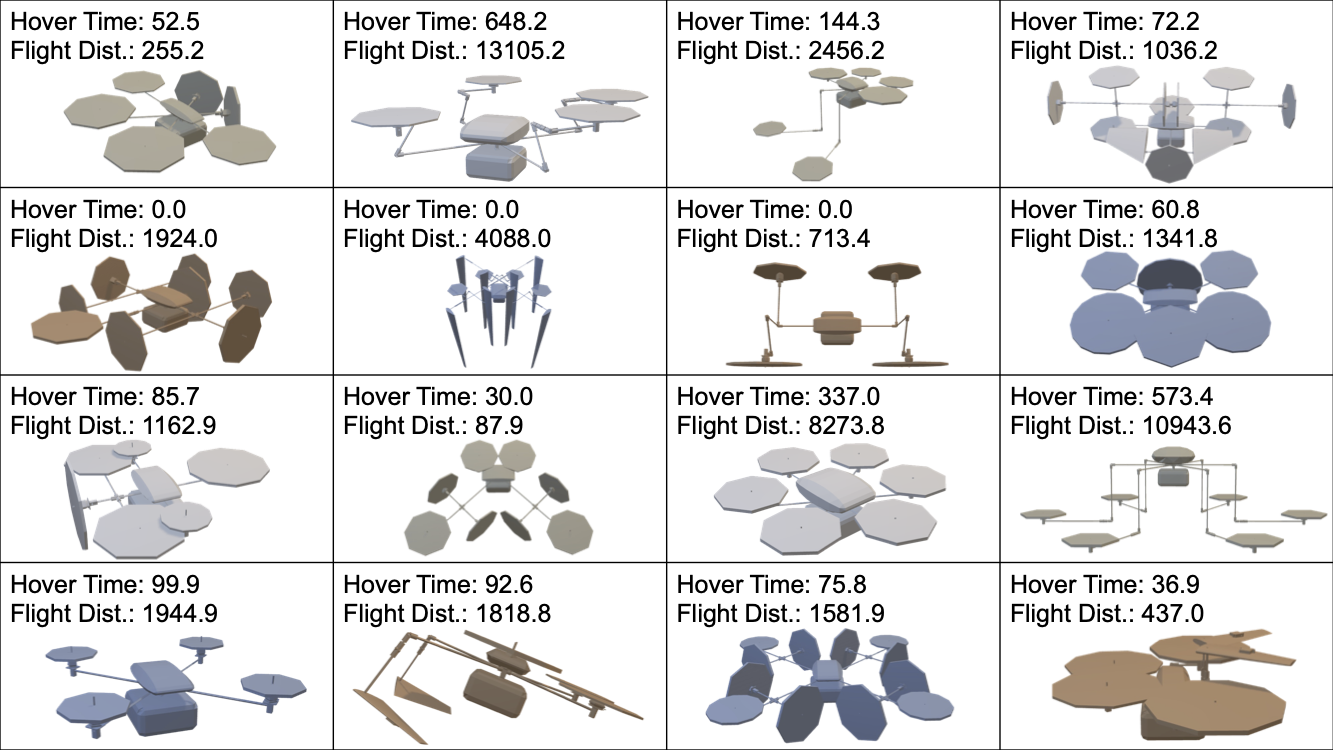Design of Unmanned Air Vehicles Using Transformer Surrogate Models
Computer-aided design (CAD) is a promising new area for the application of artificial intelligence (AI) and machine learning (ML). The current practice of design of cyber-physical systems uses the digital twin methodology, wherein the actual physical design is preceded by building detailed models that can be evaluated by physics simulation models. These physics models are often slow and the manual design process often relies on exploring near-by variations of existing designs. AI holds the promise of breaking these design silos and increasing the diversity and performance of designs by accelerating the exploration of the design space. In this paper, we focus on the design of electrical unmanned aerial vehicles (UAVs). The high-density batteries and purely electrical propulsion systems have disrupted the space of UAV design, making this domain an ideal target for AI-based design. In this paper, we develop an AI Designer that synthesizes novel UAV designs. Our approach uses a deep transformer model with a novel domain-specific encoding such that we can evaluate the performance of new proposed designs without running expensive flight dynamics models and CAD tools. We demonstrate that our approach significantly reduces the overall compute requirements for the design process and accelerates the design space exploration. Finally, we identify future research directions to achieve full-scale deployment of AI-assisted CAD for UAVs.
PDF Abstract
